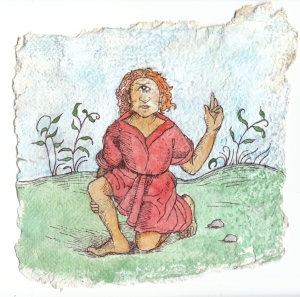Building Bookshelves out of Library Books
Every now and then the library takes on a 3-dimensional form and goes on tour. We are currently planning a short tour next year so I’m making some new light-weight bookshelves for travelling and I’m making them out of old library books.
It’s not that I enjoy destroying library books, quite the opposite, but I do enjoy making new books (and shelves) out of books nobody wants anymore. Old, water damaged, scrawled in books, out of date encyclopaedias, tatty Jeffrey Archers or Mills and Boon novels, books which really have reached the end of their life span. The Library of Obscure Wonders recycles them.
This all started the year before last when the Library of Obscure Wonders was asked to create a public sculpture for Pollard Hill Library in South London. This was to herald the opening of a new library building to replace an old one. When they closed the old building they went through all their books and decided to throw out all the damaged, out of date ones. But what were they to do with them? Well thats where we came in. They said “take your pick of the old books and build us a sculpture out of them”. So that, along with children’s workshops and a public talk, was what we did. (For more information and pictures of this project visit obscurewonders.co.uk/pollard.html)
Some of the books we kept almost as they were, but others we broke down and turned into paper pulp, then from this pulp we made new paper and paper-mache. I recommend John Plowman’s Papermaking techniques book if you are interested in paper making yourself.
During this process we researched a lot about paper and found that you can make almost anything out of the stuff! (well thats a bit of an exaggeration) People have made sailable boats, houses, armour, tables, clothes, all sorts. So we thought in future, instead of buying new shelves for our books and art displays, we might as well try to build everything out of recycled paper and card. So that is what we’re doing. I particularly like working with recycled materials because the material has a recognisable history, character even, that can be allowed to influence the new work.










